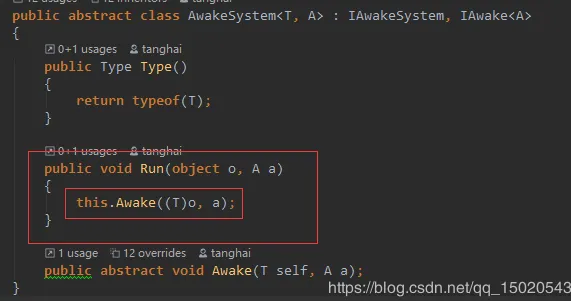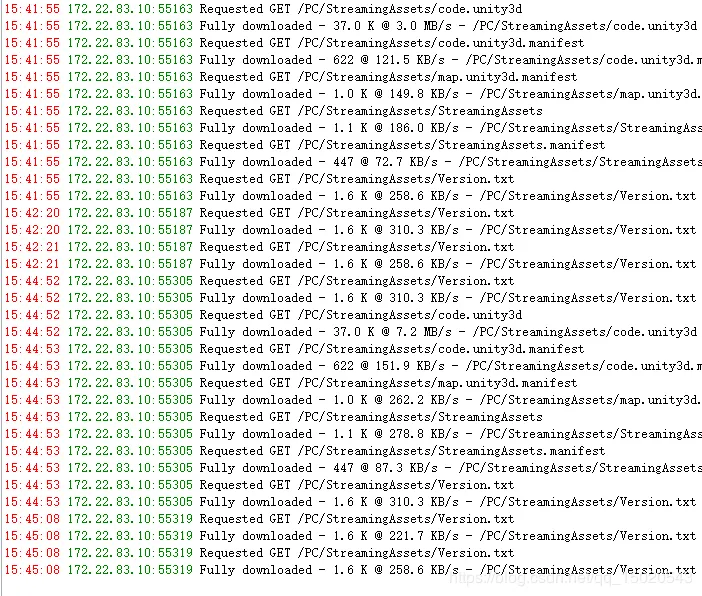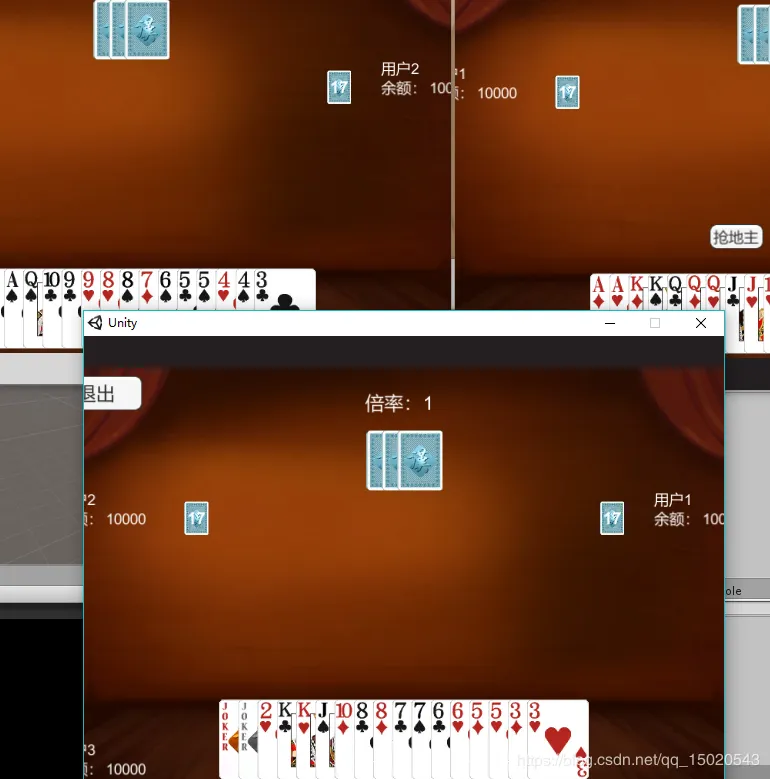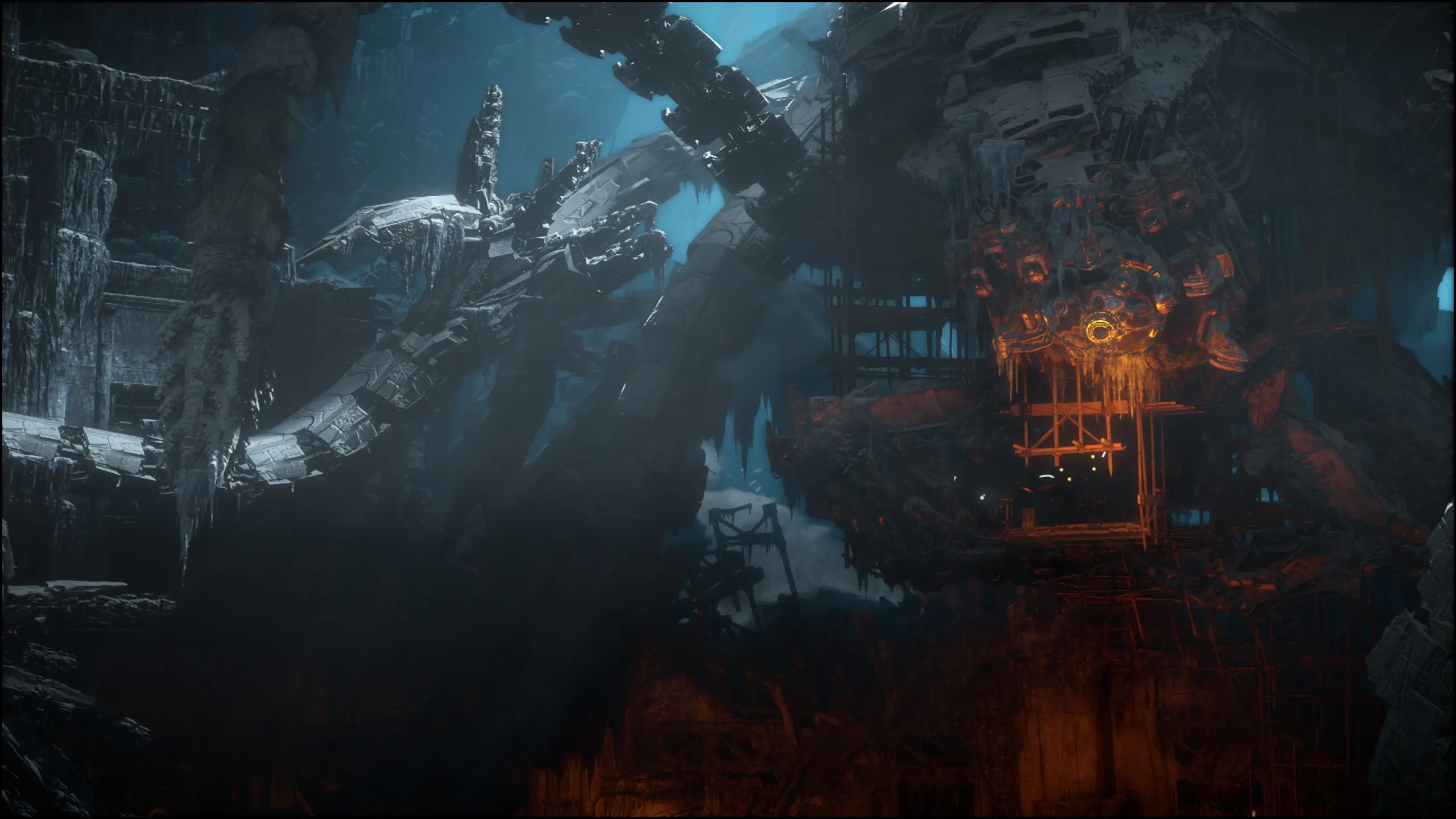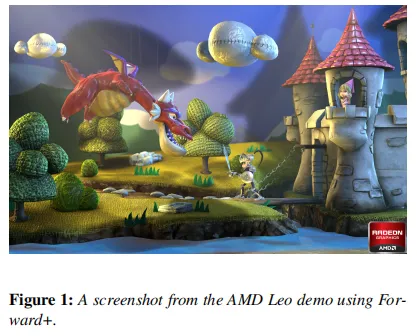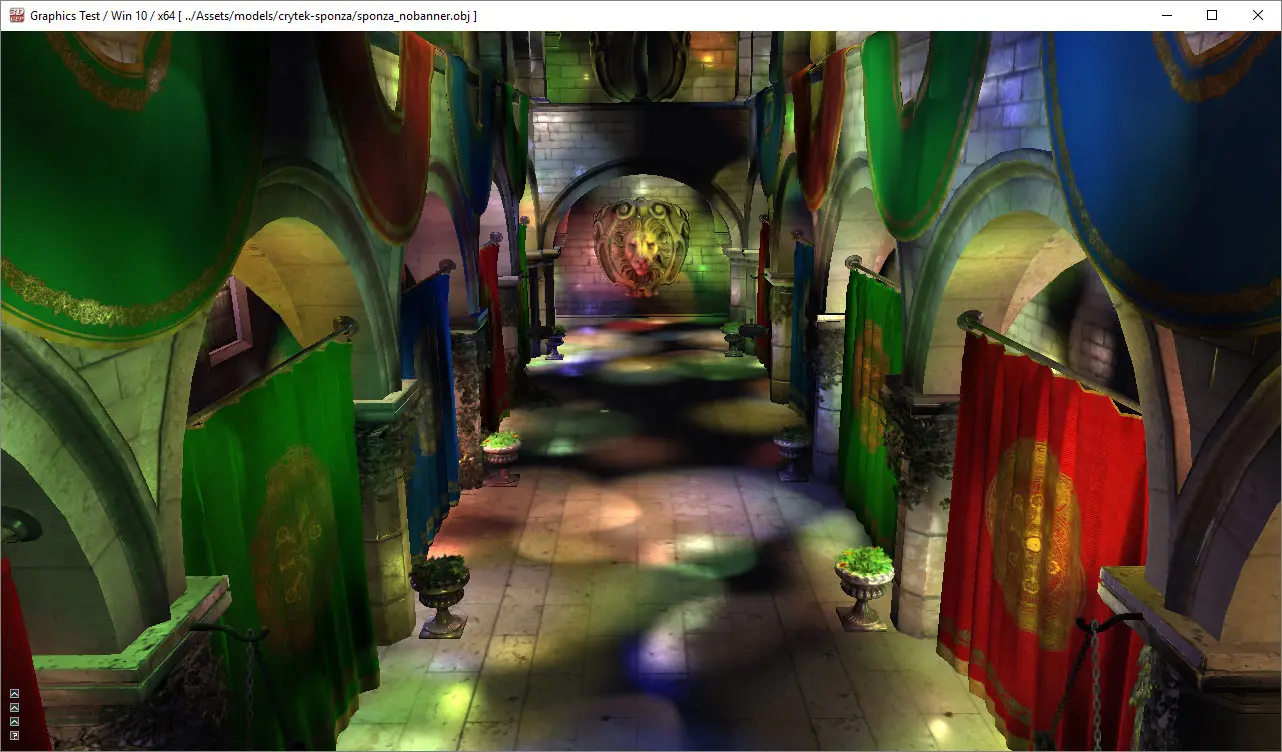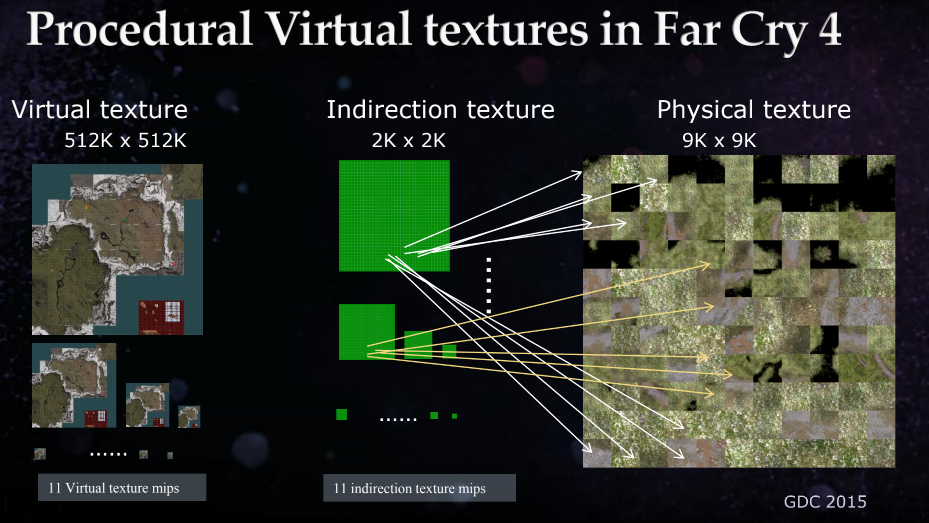讲过master客户端的框架初始化,再来说一下服务端的初始化流程吧,因为很多客户端代码在服务端是通用的,所以理解起来也不算困难,就像这样

先来到程序入口

然后就是框架的初始化了(因为很多细节在客户端那篇讲过了,所以就不在这赘述了,内部实现是一样的)
1
2
3
4
5
6
7
8
9
10
11
12
13
|
Game.EventSystem.Add(DLLType.Model, typeof(Game).Assembly);
Game.EventSystem.Add(DLLType.Hotfix, DllHelper.GetHotfixAssembly());
Options options = Game.Scene.AddComponent<OptionComponent, string[]>(args).Options;
StartConfig startConfig = Game.Scene.AddComponent<StartConfigComponent, string, int>
if (!options.AppType.Is(startConfig.AppType))
{
Log.Error("命令行参数apptype与配置不一致");
return;
}
|
1
2
3
4
5
6
7
8
9
10
|
Game.Scene.AddComponent<TimerComponent>();
Game.Scene.AddComponent<OpcodeTypeComponent>();
Game.Scene.AddComponent<MessageDispatcherComponent>();
OuterConfig outerConfig = startConfig.GetComponent<OuterConfig>();
InnerConfig innerConfig = startConfig.GetComponent<InnerConfig>();
ClientConfig clientConfig = startConfig.GetComponent<ClientConfig>();
|
然后是最为重要的服务端组件的添加 ,这里直接拿****case AppType.AllServer:中的组件举例,因为它几乎包括了所有组件
1
2
3
4
5
6
7
8
9
10
11
12
13
14
15
16
17
18
19
20
21
22
23
24
25
26
27
28
29
30
31
32
|
Game.Scene.AddComponent<ActorMessageSenderComponent>();
Game.Scene.AddComponent<ActorLocationSenderComponent>();
Game.Scene.AddComponent<DBComponent>();
Game.Scene.AddComponent<DBProxyComponent>();
Game.Scene.AddComponent<LocationComponent>();
Game.Scene.AddComponent<LocationProxyComponent>();
Game.Scene.AddComponent<MailboxDispatcherComponent>();
Game.Scene.AddComponent<ActorMessageDispatcherComponent>();
Game.Scene.AddComponent<NetInnerComponent, string>(innerConfig.Address);
Game.Scene.AddComponent<NetOuterComponent, string>(outerConfig.Address);
Game.Scene.AddComponent<AppManagerComponent>();
Game.Scene.AddComponent<RealmGateAddressComponent>();
Game.Scene.AddComponent<GateSessionKeyComponent>();
Game.Scene.AddComponent<ConfigComponent>();
Game.Scene.AddComponent<PathfindingComponent>();
Game.Scene.AddComponent<PlayerComponent>();
Game.Scene.AddComponent<UnitComponent>();
Game.Scene.AddComponent<ConsoleComponent>();
|
** 最后通过while循环让整个框架跑起来,线程沉睡一毫秒的作用是防止直接吃满CPU**
1
2
3
4
5
6
7
8
9
10
11
12
13
| while (true)
{
try
{
Thread.Sleep(1);
OneThreadSynchronizationContext.Instance.Update();
Game.EventSystem.Update();
}
catch (Exception e)
{
Log.Error(e);
}
}
|




